Introduction
Yoga is the practice of self-study, a blend of action and observation. It’s a journey to discover our limitations and find the means to overcome them. In this sequence, you are encouraged to go deeper into the essence of each practiced asana. Your focus should be on holding the poses for longer where necessary, exploring their definitions and the precise actions inherent to each posture. The objective is to enhance both observation and technique. In other words, it’s about paying attention. Cultivating a reflective mind, one that applies details while remaining calm and consistent, is pivotal for our growth.
In the practice of yoga, we often encounter moments of struggle. During these times, our bodies may clench, and we might even shake. Such physical reactions can hinder our progress and, in extreme cases, lead to injuries. It’s essential to recognise that the capacity to observe diminishes when we are overly busy or stressed. By steadying our minds, we can enhance our awareness and focus. This is the ultimate aim in our yoga practice. Remember, yoga is not a competitive sport. It’s not about how far you can bend or twist. Instead, use your breath as a gauge to determine your comfort level in each pose. By doing so, you’ll find a deep and harmonious connection between your body and mind, and that is where the true essence of yoga unfolds.
Standing poses are a cornerstone of yoga practice, and they exemplify the principles discussed above. When we perform standing poses like Tadasana (Mountain Pose) or Warrior Poses, we engage in a perfect balance of action and observation. These asanas require us to root ourselves firmly into the ground while extending our bodies upward, all the while maintaining a good sense of balance and alignment. Just as we explore the meaning and details of other poses, standing postures challenge us to pay close attention to our alignment, the distribution of weight, and the steadiness of our breath. By practicing these standing poses, we learn to apply the principles of self-study and focused observation in a dynamic way, fostering a deeper connection between our bodies and minds. This connection extends beyond the mat, helping us stay grounded, centered, and aligned in our daily lives. In essence, the journey of yoga truly begins when we take our practice from the mat and apply it to the world around us, where every step becomes mindful, every action intentional, and every breath an opportunity to find balance.
View sequence
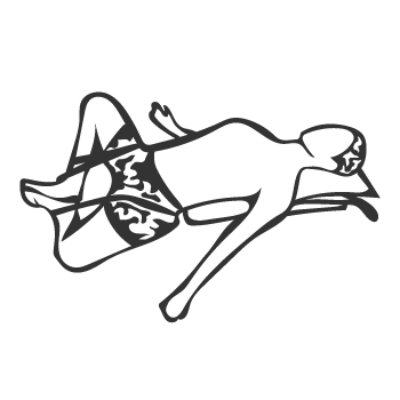
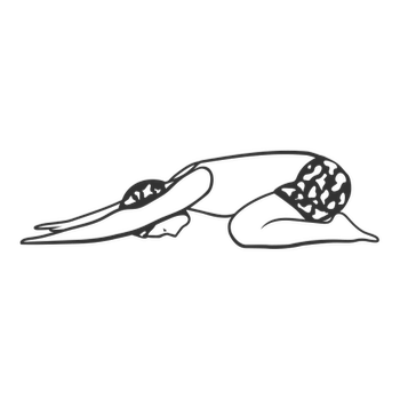
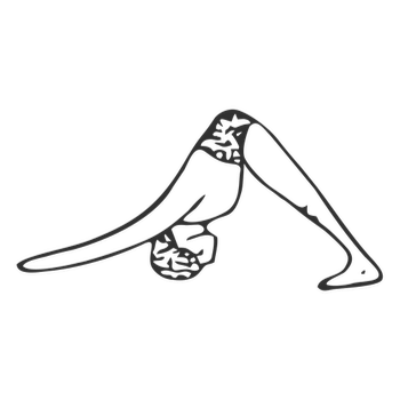
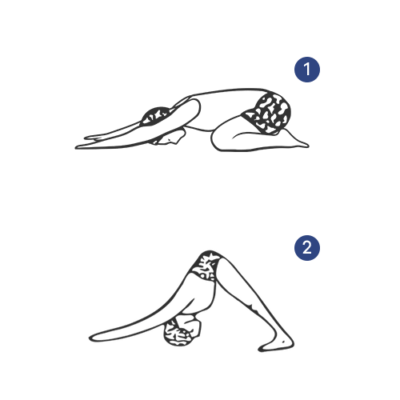

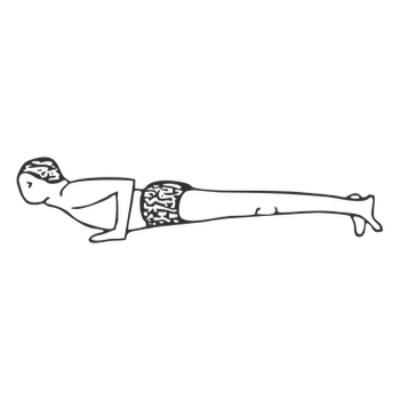


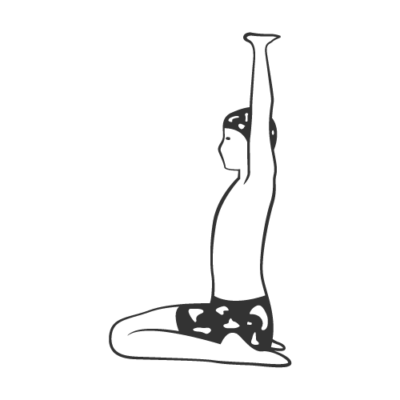


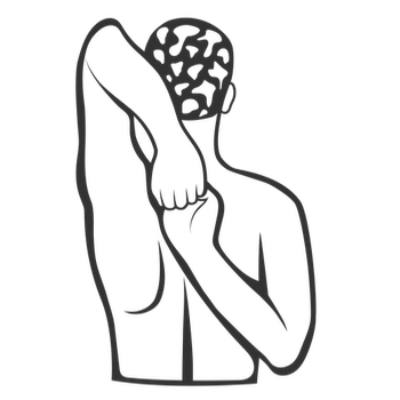


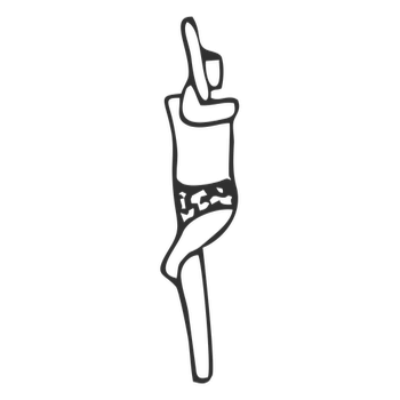

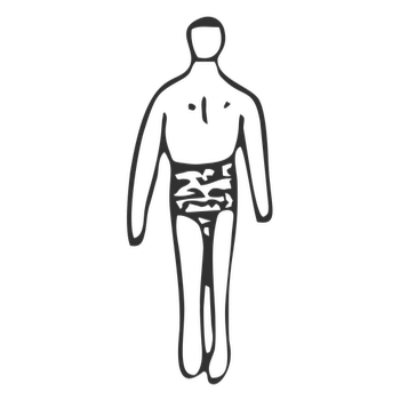
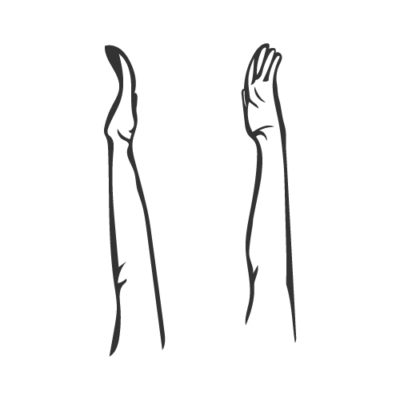


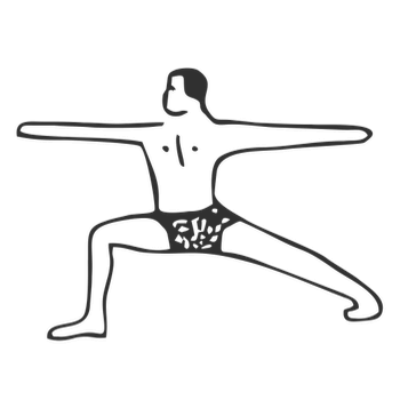
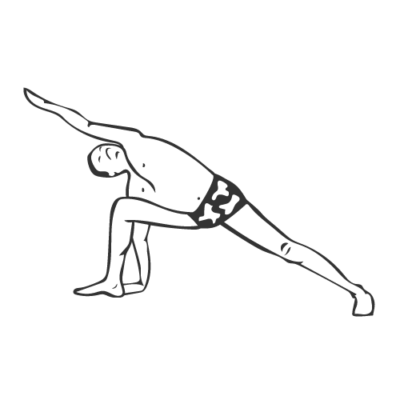

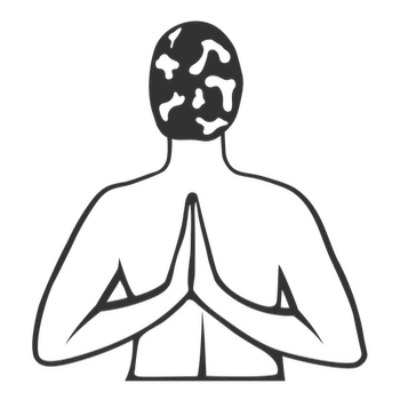
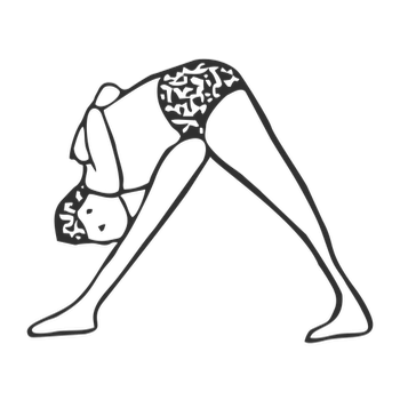
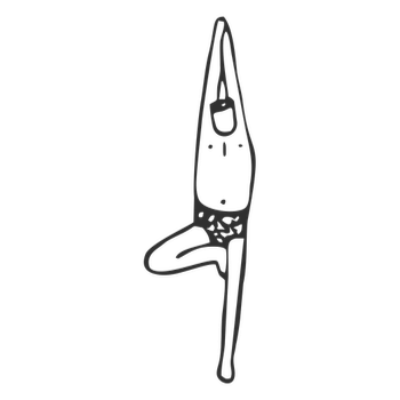

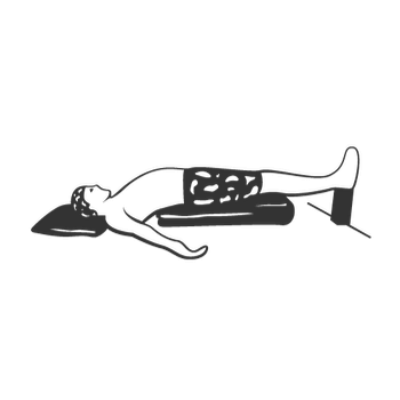
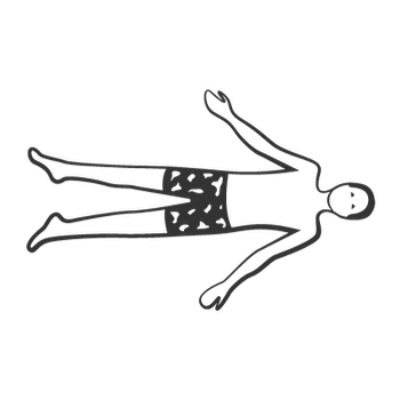
Share
Save PDF and print
You are welcome to download the PDF of the sequence and print and distribute it freely. You may have to wait up to 30 seconds for the PDF to generate. Please credit the teacher who created it. All illustrations from Dona Holleman’s ‘Yoga Darśana’, RIMYI Institute texts and Yoga Vastu illustrators for original asana drawings.

